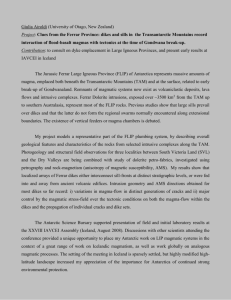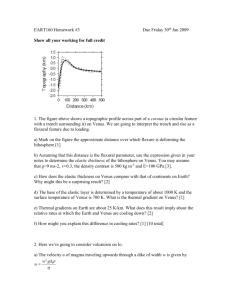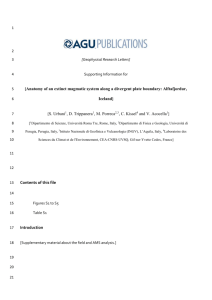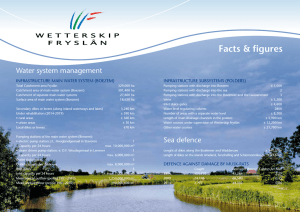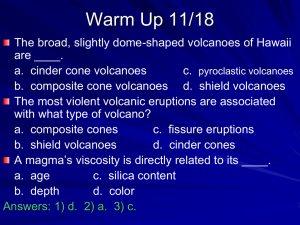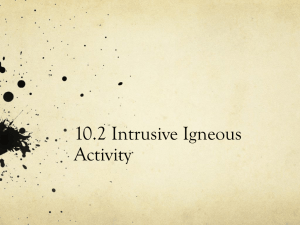ABSTRACT
advertisement
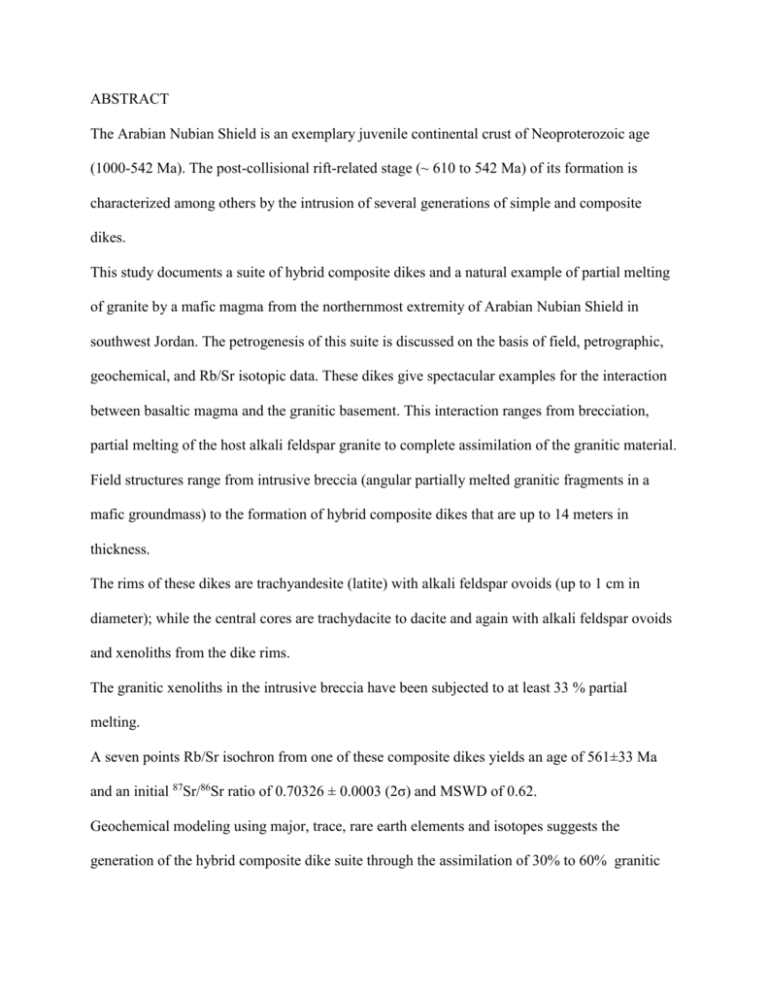
ABSTRACT The Arabian Nubian Shield is an exemplary juvenile continental crust of Neoproterozoic age (1000-542 Ma). The post-collisional rift-related stage (~ 610 to 542 Ma) of its formation is characterized among others by the intrusion of several generations of simple and composite dikes. This study documents a suite of hybrid composite dikes and a natural example of partial melting of granite by a mafic magma from the northernmost extremity of Arabian Nubian Shield in southwest Jordan. The petrogenesis of this suite is discussed on the basis of field, petrographic, geochemical, and Rb/Sr isotopic data. These dikes give spectacular examples for the interaction between basaltic magma and the granitic basement. This interaction ranges from brecciation, partial melting of the host alkali feldspar granite to complete assimilation of the granitic material. Field structures range from intrusive breccia (angular partially melted granitic fragments in a mafic groundmass) to the formation of hybrid composite dikes that are up to 14 meters in thickness. The rims of these dikes are trachyandesite (latite) with alkali feldspar ovoids (up to 1 cm in diameter); while the central cores are trachydacite to dacite and again with alkali feldspar ovoids and xenoliths from the dike rims. The granitic xenoliths in the intrusive breccia have been subjected to at least 33 % partial melting. A seven points Rb/Sr isochron from one of these composite dikes yields an age of 561±33 Ma and an initial 87Sr/86Sr ratio of 0.70326 ± 0.0003 (2σ) and MSWD of 0.62. Geochemical modeling using major, trace, rare earth elements and isotopes suggests the generation of the hybrid composite dike suite through the assimilation of 30% to 60% granitic crustal material by a basaltic magma, while the latter was undergoing fractional crystallization at different levels in the continental crust. Keywords: Arabian-Nubian Shield, Jordan, hybrid dikes, magma mixing, wall rock assimilation, partial melting of granite

